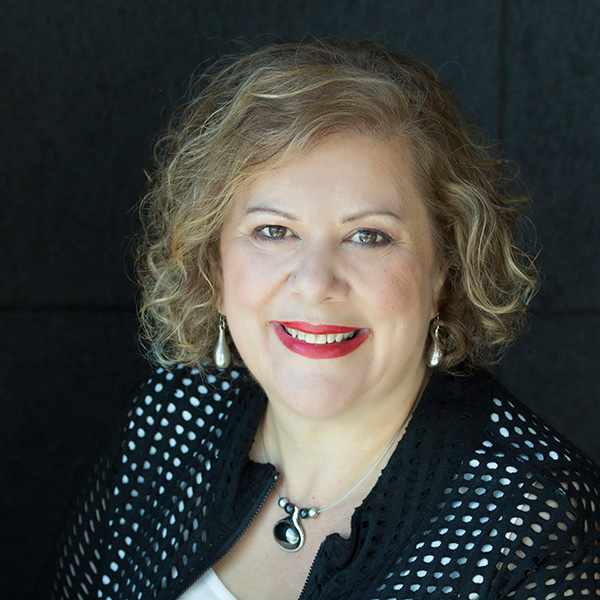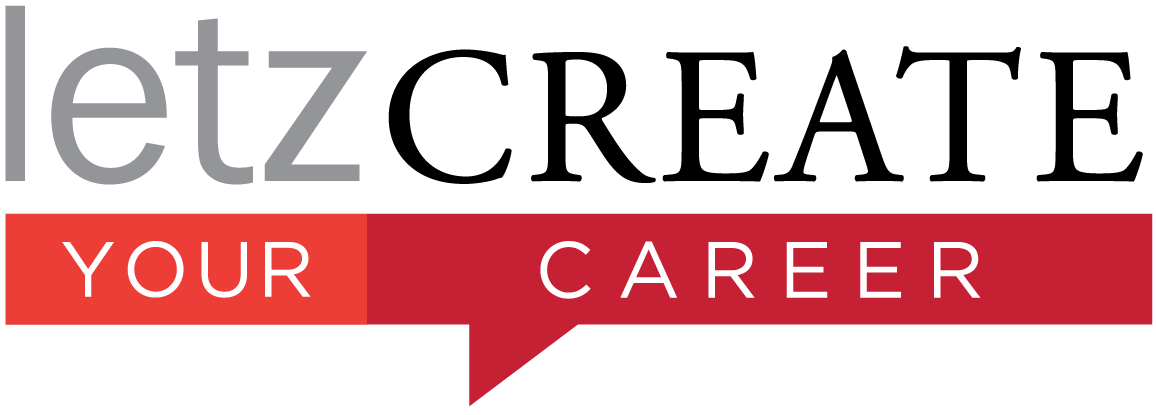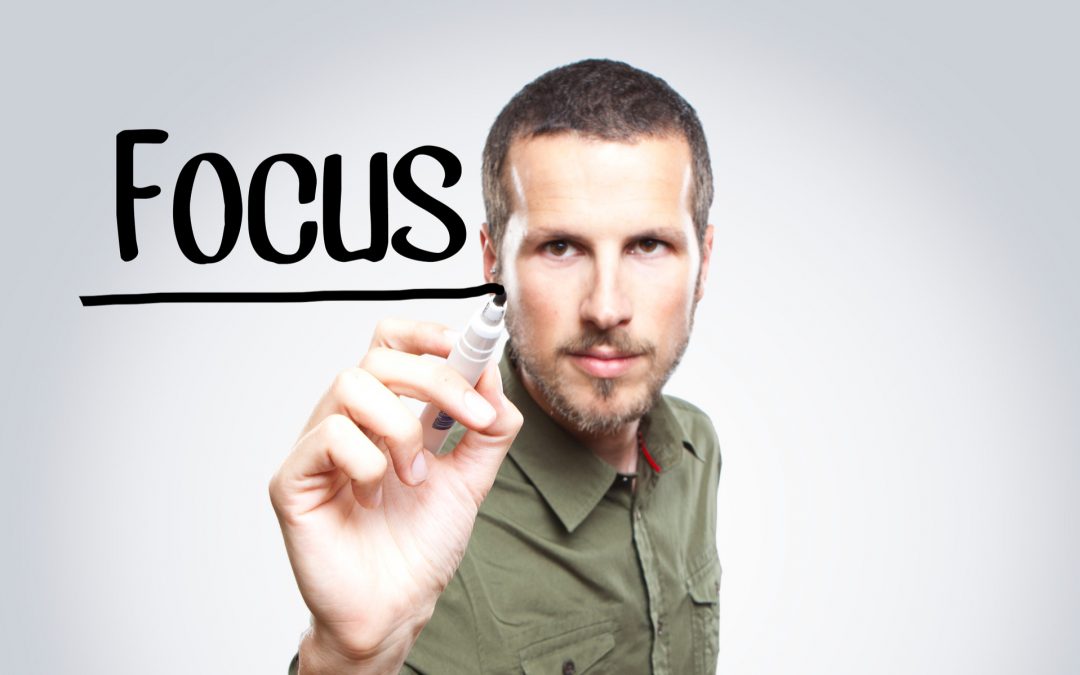Today’s article will help you build your confidence so you can use your emotions to propel your actions, and move your fear to focus.
As you were planning what 2020 was going to look like, there’s no way you could have predicted what unfolded. Bushfires, and then a pandemic in the form of COVID-19. The way we live has changed for the short term and may change for ever. In the space of a few weeks, people around the globe have faced illness, death, and social isolation. The Australian economy is also taking a hit with extensive layoffs as businesses try to stay afloat.
If we have not met before, I am SO glad you found me! My name is Marina Pitisano and I partner professionals who are in active job search. I help you stand out from the crowd by teaching you the key components of a successful job search. My goal is to get your job application on top of the ‘let’s interview these people’ pile.
1. Have You Acknowledged How You Are Feeling?
For those clients I’ve worked with pre and during the current economic climate, I always like to start with where they are right now. This means acknowledging and naming the emotions you are experiencing. Don’t ignore these emotions, because they are real and may hold you back in the job search process if unaddressed. For so many of my clients and colleagues, the emotion we are feeling right now is grief. This is described beautifully in a Harvard Business Review article, by Scott Berinato, That Discomfort You are Feeling Right Now is Grief. If you have been feeling unsettled, you may enjoy reading his perspective.
The changes are happening fast and hard, without much planning. And it’s natural for you to feel scared, anxious, and even concerned for your plans for the future as you watch many of your career plans, hopes, and dreams come to a grinding halt.
The fear is real. But there’s good news too! You can use your fear to help drive you to focus on what you can control.
2. Don’t Assume
Don’t assume there are no jobs. While certain industries will not be employing at the rate that they were, there are still organisations advertising roles and head hunters looking for professionals with certain skill sets. The events around you are not an excuse for in-action. I recommend you investigate what is available. Job seekers should be using this time to do research and identify industries and companies you may be suited to working in and then seeing if they are hiring. There are 2 steps here:
1. Visit jobjumpstart.gov.au
This offers resources and activities to help you work out what jobs might suit you. It also provides practical tips to help you tailor your job search to employers you want to work for.
2. When you’ve done this work you can then visit the Government’s Job Search site here. This website updates all the jobs daily!
LinkedIn is also a resource available for researching individuals, prospective employers and industry information. When you have developed a list of target companies, you can use LinkedIn to find a great deal of useful information.
3. Map Your Skills
In addition to researching different industries, consider jobs outside your current scope. Forget job titles for a moment and think about the skills you use in your current role. For example: data analysis in Excel, project management, system administration, reception, sales, programming, writing, design, research, or public speaking.
Once you have the list, research other jobs that overlap with those skills. For example, you might move from being a Business Analyst for a construction company where Excel skills were a small part of your job to a new role analysing Big Data for a marketing company.
LinkedIn and job search sites will be very helpful and you can expand any job alerts you have set up via job search sites to industries and roles you identified you may be suited suit.
Side note – some people find mapping their skills very hard. If you’re struggling with this too, I can help you review your transferable skills. Please book a 15 minute career chat here to get started with this step.
4. Set Intentional Goals
How are your goal setting skills these days? I recommend you consider both your short term and long term goals. To be intentional means to do something deliberately or on purpose.
1. What can you intentionally do NOW?
e.g. who do you know who works in industries who are employing? Make a list.
What actions can you be taking to put you in a stronger position to apply for roles?
Read on and think about how you can be sharpening your job search tools.
Who can you arrange a phone call with to ask for their advice? Call them!
What professional advice can you engage to assist you right now?
2. What do you need to focus on intentionally for the future?
Think about the industries and your plans and even consider potential opportunities to up-skill to set you up for changes in and beyond your industry to ensure you remain employable in the future.
5. Sharpen your Tools
Your key job search tools are your LinkedIn Profile and resume. They are different and need your attention! Get these tools ready and make sure they are showcasing your strengths, achievements with clarity and focus.
Perhaps you’ve been stood down and want to look for another role outside of your organisation, but you haven’t realised the importance of your CV or resume as a record of achievements to prepare you for now. It’s okay, I am here to help. Here are some tips to help you sharpen your Resume.
Capture the following key points for each role:
- Role title
- Name of organisation you worked for
- Scope / breadth of role (e.g. how many people reported to you, what geographic area did you cover, etc)
- Value of Budget or P&L you managed
- Key Responsibilities
Ideally I would also like you to include your key achievements, although this is often an area that my clients find difficult to write down and something I can talk through with you to tease out the relevant information for each role.
What about your LinkedIn Profile? How’s that looking? If you’d like to use LinkedIn to assist your job search, your LinkedIn Profile needs to include a professional photo of you and relevant information. What you write in your LinkedIn Profile must be relevant to your ideal employer and optimised so you will get found on LinkedIn. Fill in your About, Experience, Education and Skills sections. Also look at your recommendations, because they can be an effective way to reinforce that you are the professional who potential employers need to meet.
6. Tap into your Network
When I mentioned setting intentional goals, I asked the question about who you know in your network who could be providing some guidance to you right now. Use this time to tap into or build your professional network. Expand your connections on LinkedIn by sending personalised invitations to everyone you’ve worked with, including colleagues, managers, suppliers and any other relevant stakeholders.
Even consider going beyond this and connecting with people you know through sports, activities and hobbies outside of work. In my experience it’s people who know you who will be inclined to recommend you for roles or help provide guidance about the companies who may be hiring right now. Treat these connections with respect. Don’t expect them to find you a job, but do ask if they can provide any guidance on what’s happening in their industry. Even if you haven’t found the right job, signaling you’re looking can help you find opportunities in the future.
Follow these steps and you’ll be well on the way to moving your fear to focus to help you create more potential job opportunities for yourself.

I am a passionate Career Coach who works with individuals in the explore and search phase of their career journey, helping you realise your strengths through my career coaching and training programs. I enjoy showing people the path to greater career satisfaction and providing insight and tools to help you make your next career move.



